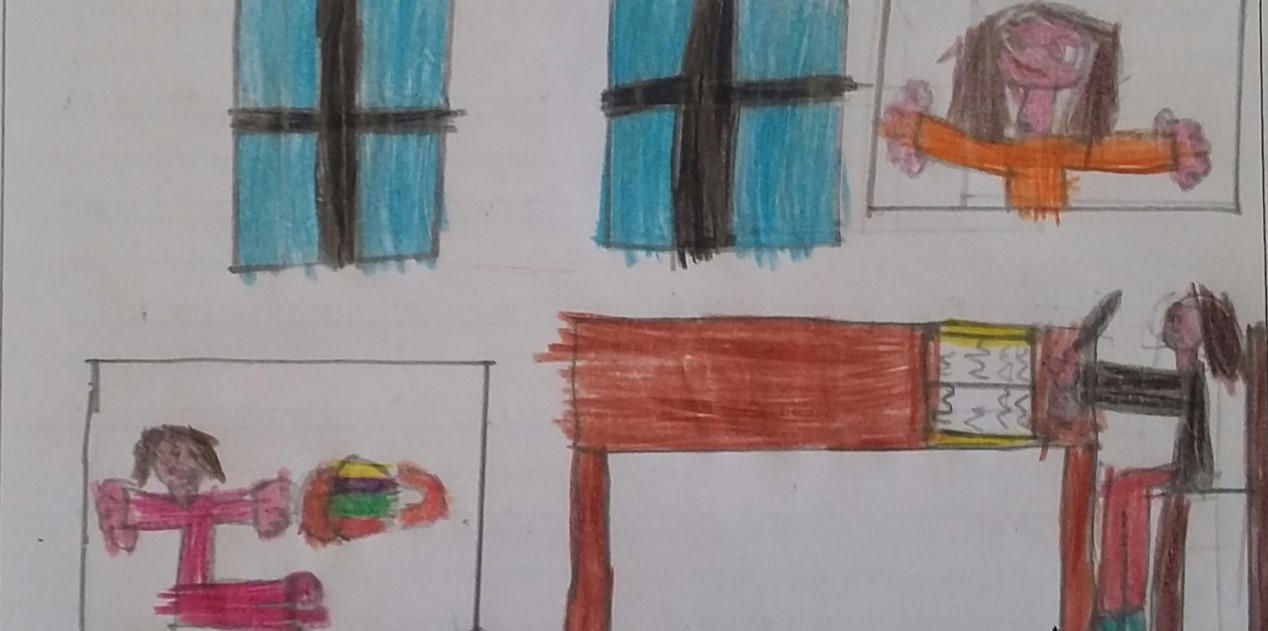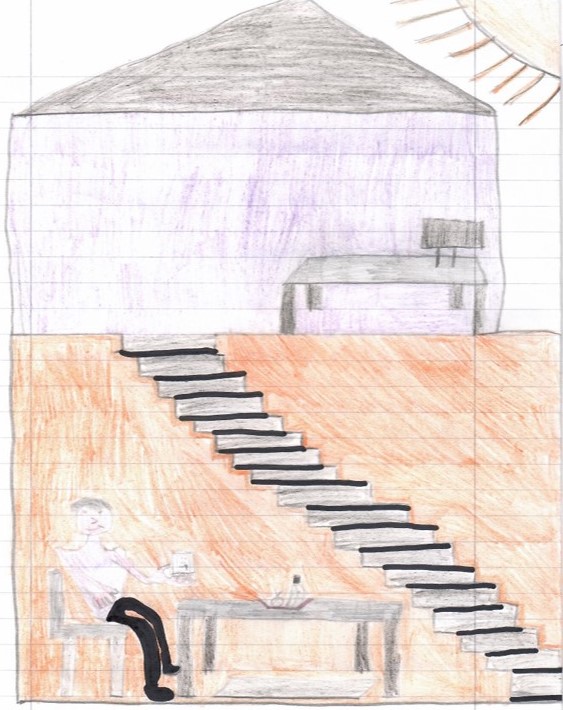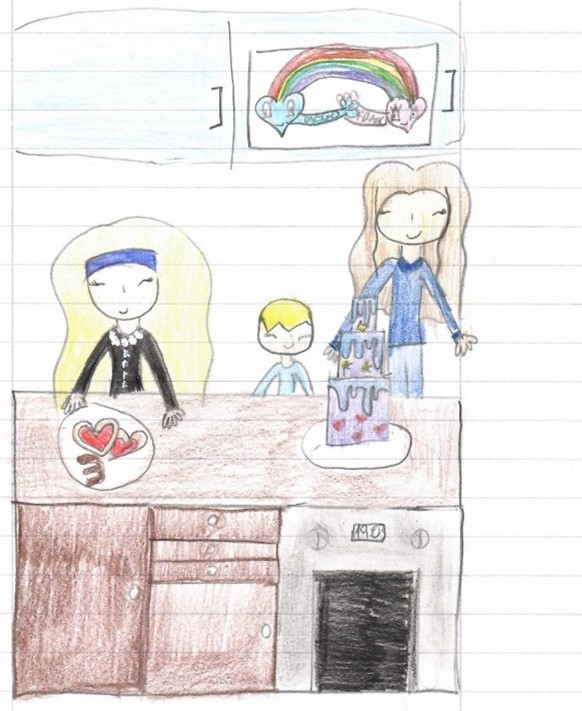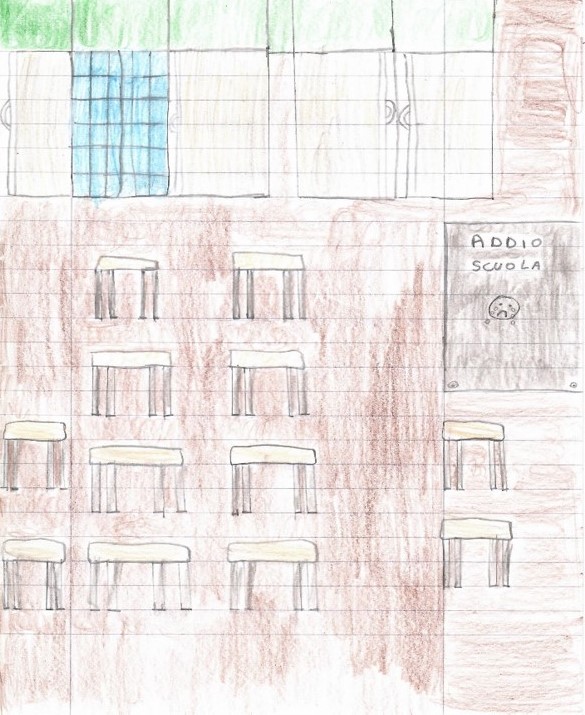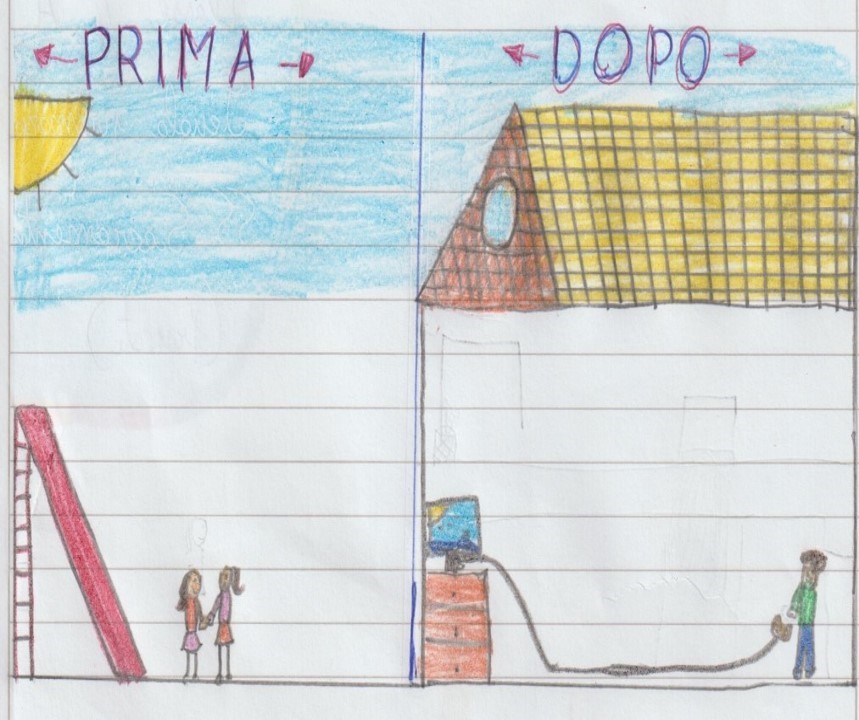Education
Webecome: drawings tell important stories
What do children tell us through stories and drawings created for Webecome?
How are shapes and colors used? What message do they convey?
We asked these questions to Laura Bartolini, within the Banchi con le ali, our online educational path consisting of online meetings held by network experts and designed with the aim to consider how to create new spaces and ways to feel good together.
The stories and drawings are those shared by some teachers in the context of Bentornati a scuola, one more initiative within the Webecome created in collaboration with the Laboratorio editorial Librì, which still sees primary school children engaged in writing workshops. Starting from the book "When we were away" written by Maria Loretta Giraldo they tell us through stories and drawings the emotions and sensations experienced during the lockdown.
An exercise that enhances the creativity of children to enable the recovery and maintenance of a serene emotional balance.
The pandemic experience in their own words
The stories elaborated by children and the drawings that accompany them describe their direct experiences - with simplicity and concreteness - in a time of pandemic.
The stories recall and explain with the use of simple and immediate language of children, what they have heard from adults or seen on television or at least what they have perceived of the health emergency and prevention measures. They tell us of parents and grandparents, of missed and desired hugs, of family environments and experiences, of dialogues with real or imaginary friends, of the impossibility of going to school, of not being able to see their teachers and classmates, of not being able to running and playing in a park and above all with a lot of hope to smile again.
The shapes and colors of the drawings that accompany these stories express the emotions and fears experienced by children with stronger authenticity. There are portraits of entire families, enigmatic self-portraits, studies and work desks of mum and dad, housework done all together, teachers and schoolmates trapped in computer video, pets in cages. And again, scientists who prepare infusions and vaccines, hospitals and doctors’ intent on treating people who are often family members. The virus is represented in many forms, from insect to monster. There is also a lot of sea, a lot of sun, a lot of nature and green spaces where you can return to play. Finally, there are drawings of dark tunnels and very dark scenes, but also lots of rainbows.
Many graphic signals sent to adults that require to be explored and looked at with an eye free from judgments and interpretations. To fully understand the unique and creative language children use to tell their stories, it should be observed knowing the main rules of the grammar of drawing.
The recent webinar with Laura Bartolini, teacher and expert in the management of children's drawing ateliers according to the Arno Stern method, was just a moment of comparison and exploration dedicated to parents and teachers to help them grasp the many nuances present in the drawings.
"If we examine the signs and drawings of children, with respect, with sensitivity and without rushing to judgments, we will find out unknown scenarios that represent the child’s experience, of a complex and fascinating inner world ... ... with the drawing children make us a present; their way of seeing and feeling things and let us enter their world”- says Laura Bartolini
Each drawing is a gift and an invitation to dialogue
Drawings, including doodles, are fundamental gestures that children use to communicate with each other and with adults. By drawing, children reveal their daily life, their thoughts and their stories. Therefore, each drawing is a gift and an invitation to dialogue that should be taken by recognizing its uniqueness and originality.
The drawing tells about the cognitive and emotional development of children
From the first doodles made by chance by passing colored pencils on a sheet, children gradually discover the correlation between the movement of their hand and the signs produced on the wall or on the sheet. Doodles, lines, holes, colors are the signs that reveal the continuous development of cognitive and emotional abilities. Abilities that then evolve into skills when the elementary lines turn into complete shapes such as houses, trees, objects and human figures.
Throughout the drawings of primary school children the figures and shapes are concrete and understandable. They accurately represent objects, scenes from family life or from worlds discovered by reading or watching television. They are graphic and symbolic messages that represent the child's personality and tell about their joys, fears, jealousies, revealing at the same time the level of cognitive and emotional development achieved.
Color is another element that provides clues to personality. Bright and warm colors express an extroverted and creative character, just as the absence of color can reveal emotional gaps. Finally, the use of space in the sheet and the position of the drawing also tell about the perception of the relief and influence that the subject has in the family, school or social environment.
The webinar, an education moment to repeat
These are some of the ideas that came to light from the webinar that enable us, along with parents and teachers, to reinterpret the collected drawings, by capturing their emotional impact and the strong attempt of children to elaborate an unknown and intangible event, such as the pandemic one.
Many considerations that clarify how children can understand and perceive our anxieties and can also depict them into a seemingly fantastic world that helps them show their imagination and manage their fears.
It was, and continues to be, an experience that brings us and the school even closer, to children and their families.
It is now up to us and the school community to learn how to observe these evidences with esteem and seize all the ideas and stimulus and figure out the most appropriate way to support children elaborate their emotions.
Precisely for this reason, the collection of stories and drawings will continue, and we will be suggesting new meeting opportunities to make room for considerations and continue the dialogue that never ends ...
To find out more, visit the Webecome website or write to us at info@webecome.
April 2021
Last updated 14 April 2021
Intesa Sanpaolo for education
Here are some initiatives that we support to spread education and knowledge, guarantee the right to study and support research and businesses in the country
